Fruit peels are an excellent organic fertilizer for plants, if you throw these peels in the trash you can lose many essential nutrients that could otherwise be very beneficial to your garden. Here are the best fruit peels for fertilizing plants.

Here are the best fruit peels to fertilize your garden plants. An organic way to boost the growth of your green friends!
Contents
1. Banana peels

Banana peels are rich in potassium, manganese and calcium which stimulate growth, increase flowering and fruit production and give your plants a healthy boost.
You can also increase soil macronutrients by adding these hulls. Use it on plants like peppers, chili peppers and tomatoes for a bountiful harvest.
2. Orange peel
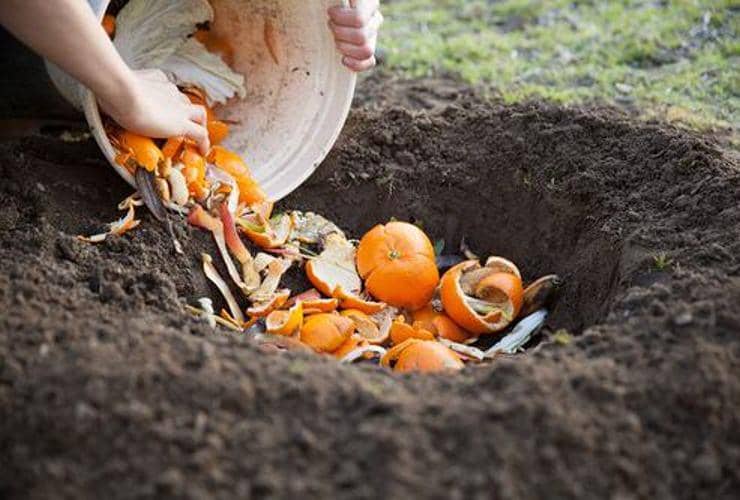
Orange peels contain potash, iron, zinc, calcium and citrate, which are excellent for vegetables and other fruits, improving soil morphology and meeting micronutrient needs.
Husks also contain good levels of nitrogen which can benefit plants, aiding in better leaf and flower growth.
Grind 4-6 orange peels with 100-200ml of water to make a paste. Dilute it with water in a 1:1 ratio and add it to the growing medium once every 6-8 weeks.
3. Pomegranate peels
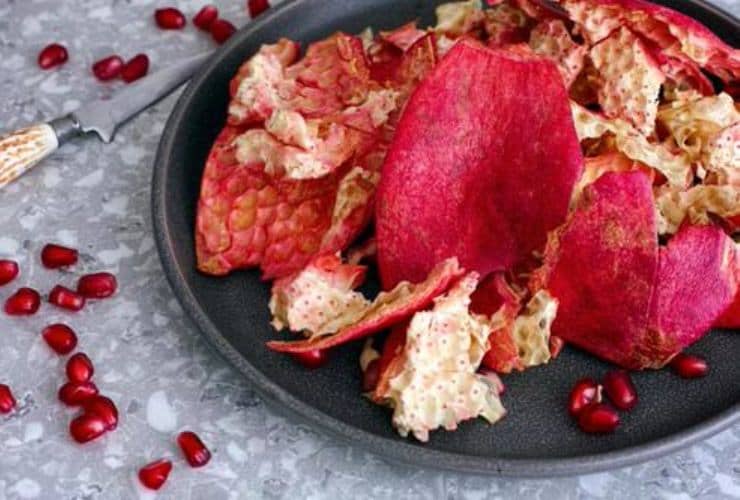
Do you think pomegranate seeds are the only good parts? Think twice. The peel contains a healthy amount of potassium, iron, calcium, copper, phosphorus, and zinc, which can benefit plants in a variety of ways.
These components can also help increase macronutrients in the soil, which contributes to better foliage, fruit and flower growth on plants.
Cut 4 to 6 pomegranate peels into small pieces. Then mash them by adding a cup of water. Be sure to dilute the thick paste before using it to water your plants in a 1:5 ratio.
4. Mango peels
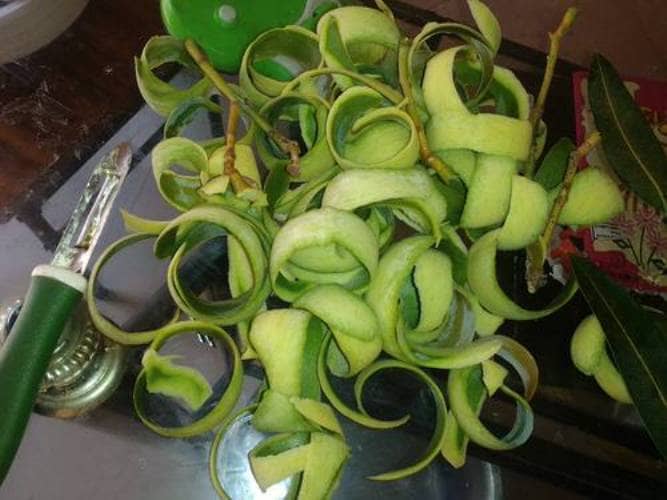
Mango peels contain vitamin A, C, B6, copper, folate and dietary fiber. This makes it a perfect compost for your garden where you can use it for flowers, herbs and vegetables as it can boost growth by a good margin.
Cut the shells into small pieces, place them in an airtight container and add a glass of water. Close the lid tightly and let stand for 1-2 days.
Remove the shells the next day and let them sit again for 1-2 days. Then, grind this solution in a blender to blend the peels. Mix it with water in a 1:2 ratio and use it to water the plants once every 4-6 weeks.
5. Lemon zest
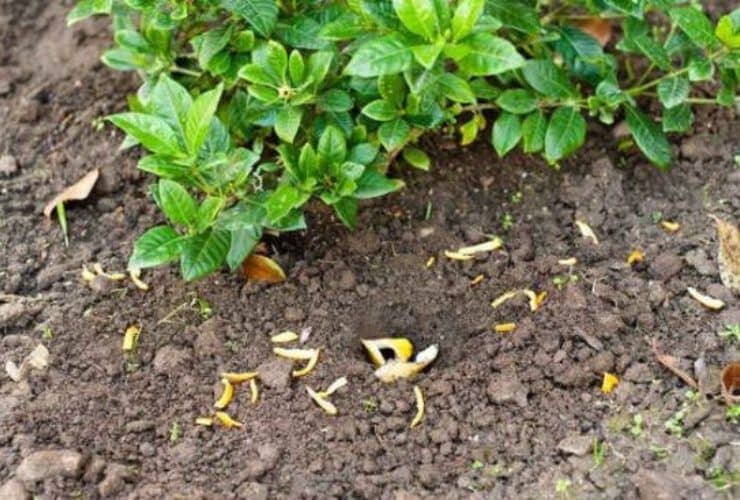
Lemon peels are an excellent source of nitrogen, phosphorus and potassium. Adding them to compost is a good way to make it nutritious.
Lemon peels can also be used to acidify the soil. Just dry them, grind them into a powder and sprinkle them on the floor.
Take the peels, cut them into small pieces and dry them in the sun for 3-4 days, then grind them in a blender and put a handful per plant once every 5-7 weeks. It will promote the growth of foliage and flowers.
6. Grapefruit peels
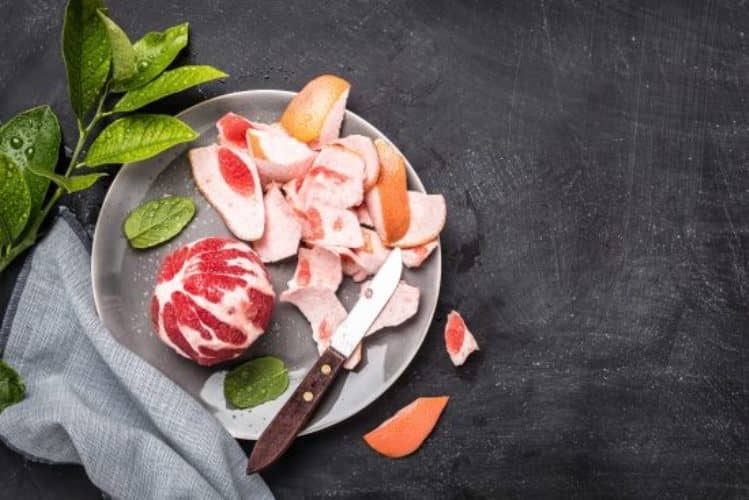
Grapefruit peels contain potassium and phosphorus which are beneficial to plants in many ways, aiding in fruit and flower production.
You just need to break the shells into small pieces and let them dry naturally.
Grind to make a powder and add a handful to the growing medium once a month for best results.
7. Apple peels

Apple peels are loaded with potassium, vitamin A, vitamin C, folate, iron, calcium and phosphorus which can be healthy for the growth and development of your plants.
Collect the shells and crush them in a grinder, adding half a cup of water. Dilute 1:1 with water and use on plants once every 6-8 weeks.
To make it more potent, add a teaspoon of coffee grounds. You can also mix the husks directly into the growing medium and let them break down on their own. This way they will act as a slow release fertilizer.
8. Papaya peels
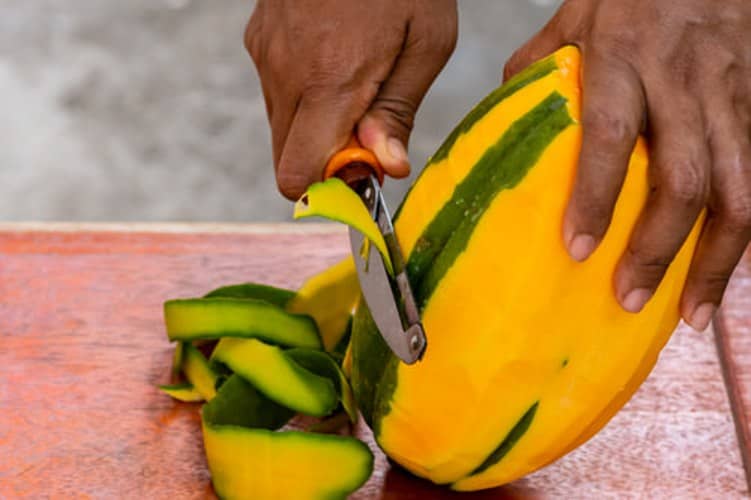
According to this study, using papaya peels in plants has better results than NPK 15-15-15 fertilizer.
Regular use helps with leaf growth, leaf area, plant height, stem growth, germination, root biomass and root length, as husks are a good source of protein, fibre, minerals and β-carotene.
Cut the husks into small pieces and mix them with the growing medium for lush growth and larger flowers.
9. Pistachio shells

Unsalted pistachio shells can be used in the garden in many ways. If you prefer your pistachios salted, simply rinse them well and allow them to dry before using them near plants and soil. Excess sodium in the soil is toxic to plants and will cause them to wilt.
Pistachio shells are high in carbon, which means they add structure and air to the soil.
They can be a useful addition to the compost bin or for a variety of other landscaping uses, from deterring pests to improving drainage.
They are also a good medium to use if you are growing orchids, as they can help maintain a slight acidity in the soil.
To look at: Uses of pistachio shell in the garden and home
Share it on the networks: